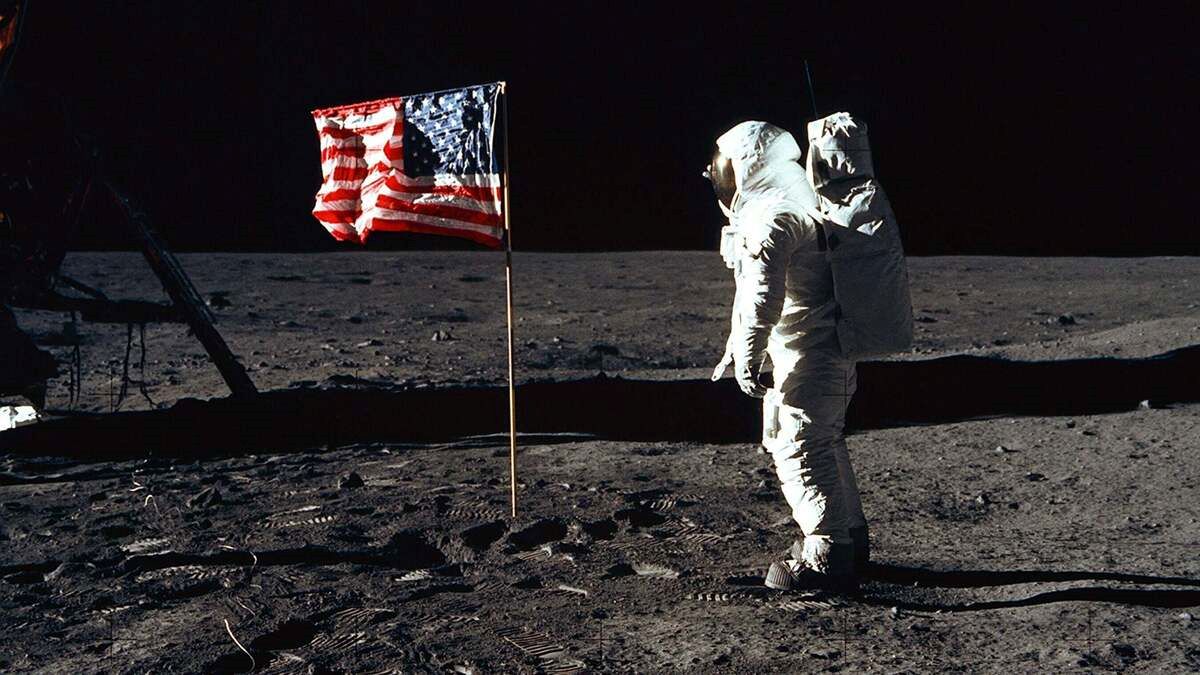
Space, the final frontier. It’s a vast and mesmerizing expanse that has captivated the imaginations of humans for centuries. But as our exploration of the cosmos has progressed, we’ve left behind a not-so-pleasant legacy: space junk. Yes, that’s right, there is more than just stars and planets floating around in outer space. Our relentless pursuit of knowledge and technological advancements has resulted in a growing cloud of debris surrounding our planet. In this article, we’ll delve into the intriguing world of space junk and uncover 16 captivating facts that will leave you in awe of the impact we’ve made beyond Earth’s atmosphere. So buckle up, because we’re about to take a journey through the cluttered depths of space.
Key Takeaways:
- Space junk, like defunct satellites and rocket fragments, poses a serious threat to active satellites and the ISS. With over 500,000 pieces orbiting Earth, it’s crucial to develop solutions for managing and removing this debris.
- Efforts to track, manage, and remove space junk are essential for ensuring the safety of spacecraft and astronauts. As we plan for future space exploration, addressing the challenges posed by space debris is crucial for success.
Space junk refers to man-made debris that orbits the Earth.
Space junk includes defunct satellites, spent rocket stages, and fragments from disintegrated objects. These objects pose a significant threat to active satellites and the International Space Station (ISS).
There are over 500,000 pieces of space junk larger than a marble orbiting the Earth.
These objects travel at extremely high speeds, posing a risk of collision with operational satellites. The accumulation of space junk is a growing concern for space agencies and private companies.
Space junk can cause catastrophic damage.
Even a small piece of debris can cause significant damage to satellites and the ISS due to the high velocities involved. Collisions with space junk can disrupt communication networks and impact weather forecasting systems.
Space junk can remain in orbit for hundreds of years.
Due to the lack of atmospheric drag at higher altitudes, space debris can remain in orbit for extended periods. This poses a long-term challenge for space agencies in managing and mitigating the risks associated with space junk.
Space junk travels at speeds of up to 17,500 miles per hour.
The high velocities of space debris make it difficult to track and predict their trajectories accurately. Monitoring systems are essential for ensuring the safety of spacecraft and astronauts in space.
The largest piece of space junk is the Envisat satellite.
Weighing approximately 8,200 kilograms, the Envisat is a defunct European Space Agency satellite that has been in orbit since Its size and mass make it a significant concern for collision avoidance.
Space agencies track and catalog space junk.
Organizations like NASA and the European Space Agency continuously monitor space debris to provide early warnings and facilitate collision avoidance maneuvers for operational satellites.
A collision between two satellites creates even more space junk.
When satellites collide, they break up into smaller fragments, adding to the existing space debris. This phenomenon, known as the Kessler Syndrome, could lead to a chain reaction of collisions and further increase the risk to space infrastructure.
Space junk can be removed through active debris removal.
Various technologies, such as nets, harpoons, and robotic arms, are being developed to capture and remove space junk from orbit. These efforts aim to clean up the environment around Earth and reduce the risks of collision.
The International Space Station has to perform occasional debris avoidance maneuvers.
To avoid potential collisions with space junk, the ISS adjusts its orbit from time to time. This demonstrates the importance of monitoring and managing space debris in real-time.
Space junk can re-enter the Earth’s atmosphere and burn up.
When space debris enters the Earth’s atmosphere, it experiences intense heat and friction, causing it to burn up before reaching the surface. However, some larger debris may survive re-entry and pose a potential risk to inhabited areas.
Space agencies are working on space traffic management.
With the increasing number of satellites being launched and the growing concern of space junk, space agencies and regulatory bodies are focused on developing policies and procedures for space traffic management to ensure the long-term sustainability of space activities.
The first recorded collision of two satellites occurred in 2009.
In 2009, an operational U.S. commercial satellite collided with an inactive Russian communications satellite, creating thousands of new fragments of space debris. This event highlighted the need for improved space debris monitoring and collision avoidance measures.
Space junk orbits differ in altitude and inclination.
Space debris can be found in various orbits, including low Earth orbit (LEO), medium Earth orbit (MEO), and geostationary orbit (GEO). Each orbit presents different challenges for tracking and managing space junk.
Countries and companies are working on sustainable practices for satellite deployment.
Efforts are underway to design satellites and rockets that minimize the creation of space debris. This includes deploying satellites in orbits that allow for controlled re-entry and developing technologies to safely remove defunct satellites from space.
Space junk poses a threat to future space exploration.
As space agencies and private companies plan missions to the Moon, Mars, and beyond, the presence of space junk adds an extra layer of complexity and risk to these endeavors. Space debris mitigation measures are essential for ensuring the safety and success of future space exploration missions.
Conclusion
In conclusion, space junk poses a significant challenge for space exploration and satellite communication. With the increasing number of satellites and debris in orbit, the problem will only grow more complex. However, efforts are being made to mitigate the issue by implementing new technologies, establishing international guidelines, and adopting responsible space practices. It is crucial for us to continue monitoring and finding solutions to ensure the sustainability and safety of space activities. By raising awareness and taking proactive measures, we can work towards a cleaner and safer space environment for future generations to explore and benefit from.
FAQs
1. What is space junk?
Space junk refers to man-made objects in space that no longer serve a useful purpose. This can include defunct satellites, spent rocket stages, and fragments from collisions or explosions.
2. How does space junk form?
Space junk is formed through a variety of means. This can include satellite collisions, intentional destruction of satellites, and the natural degradation of satellite components over time.
3. How big is the problem of space junk?
The problem of space junk is significant and continues to grow. There are estimated to be millions of pieces of debris, ranging from small fragments to larger objects, orbiting the Earth.
4. What are the risks posed by space junk?
Space junk poses risks to operating satellites, spacecraft, and even to astronauts. Collisions with space debris can cause damage and result in the generation of more debris, leading to a cascade effect known as the Kessler Syndrome.
5. How can we clean up space junk?
Cleaning up space junk is a complex task. Some proposed methods include using robotic systems to capture and remove debris, deorbiting defunct satellites, and designing satellites with built-in mechanisms for controlled reentry.
Space junk continues to accumulate, posing significant challenges for space agencies and private companies alike. Curious about efforts to combat this growing problem? Explore our articles on space debris removal techniques, the fascinating process of space debris reentry, and innovative space debris mitigation strategies. Gain a deeper understanding of the complex issues surrounding space junk and the cutting-edge solutions being developed to ensure a sustainable future for space exploration.
Was this page helpful?
Our commitment to delivering trustworthy and engaging content is at the heart of what we do. Each fact on our site is contributed by real users like you, bringing a wealth of diverse insights and information. To ensure the highest standards of accuracy and reliability, our dedicated editors meticulously review each submission. This process guarantees that the facts we share are not only fascinating but also credible. Trust in our commitment to quality and authenticity as you explore and learn with us.


